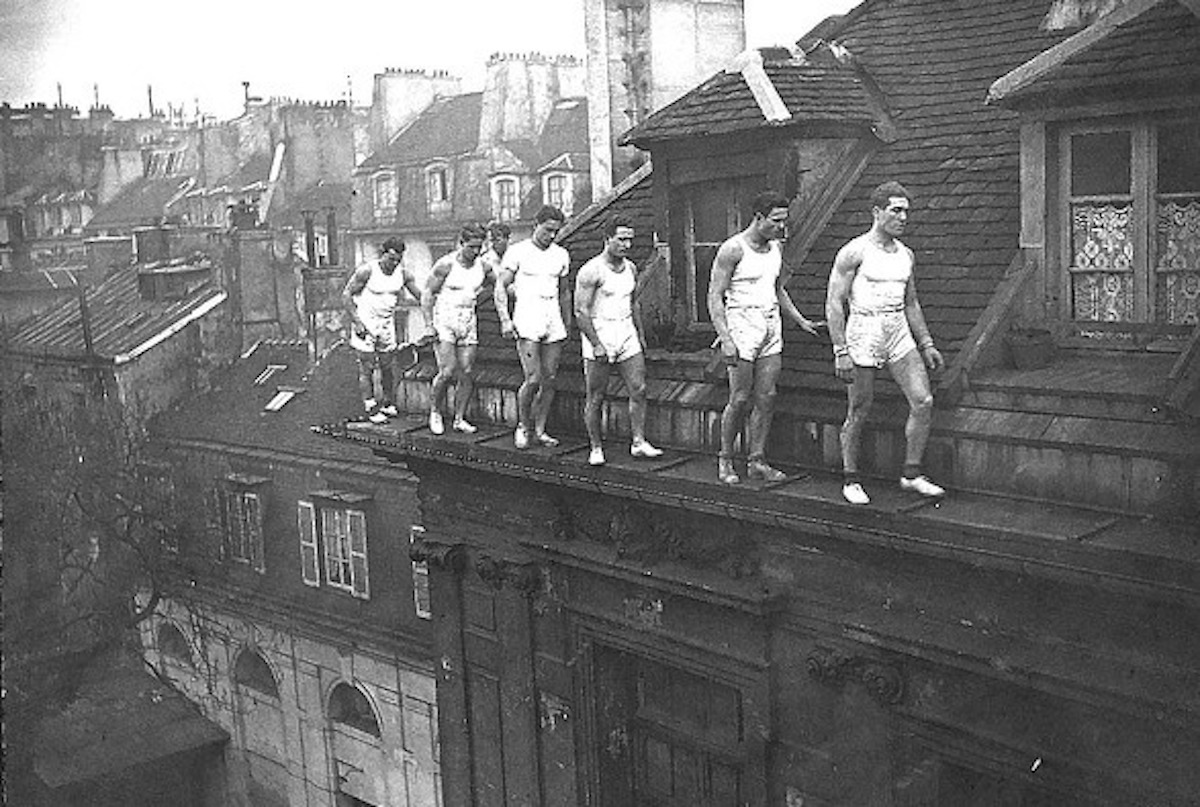Where Parkour Started
Foundations
The foundations of parkour can be traced to athletic traditions and movement disciplines that existed previously in cultures around the world. Similar practices had been present for centuries among various indigenous African tribes, focused on developing functional athletic skills. In the 20th century, Chinese martial arts like qinggong also incorporated acrobatic movement training, notably influencing Hong Kong action stars like Jackie Chan.
Georges Hébert
In Western Europe, the physical education system of French naval officer Georges Hébert was a precursor to parkour. Hébert promoted athleticism modeled on the indigenous tribes he had encountered in Africa, emphasizing their impressive physical abilities developed through life in nature. His rescue efforts during a 1902 volcanic eruption further convinced him that courage and altruism must accompany physical skill.
Hébert’s “natural method” included ten fundamental exercise groups intended to develop energetic, moral, and physical forces. His teachings spread through the French military and inspired civilian fitness trails. During wartime, his obstacle course model was incorporated into military training programs internationally.
Raymond Belle
Raymond Belle, David Belle’s father, applied similar principles during his youth in Vietnam. Orphaned and separated from his mother, Belle pushed himself athletically to avoid victimization, training harder and longer than his peers. He used military obstacle courses secretly at night to challenge his endurance, strength, and flexibility. When he moved to France and joined the Paris Fire Brigade, he developed this self-taught discipline further.
David Belle
Inspired by his father’s stories, David Belle began training in the same way, forgoing academics and sports to focus entirely on developing useful, real-life skills. With his cousins and friends in Lisses, who shared this goal, they formed a group that came to call themselves the Yamakasi.
Yamakasi
The Yamakasi drew inspiration from Asian martial arts philosophy, as well as the physical feats in Hong Kong and martial arts films. Through intense challenges and disciplines, they forced themselves to find the mental and physical strength to succeed. If any member failed a test, the others had to repeat it until they all succeeded.
Humility, health, and self-improvement were core values. No member could show off or put others at risk. Violating the group’s principles resulted in punishments or bans. Recommendations and tests evaluated new members' motivations.
A 1997 Paris performance introduced the group as Yamakasi and the discipline as l’art du déplacement. But conflicting interests soon emerged, with some members seeking to teach and others wanting to act. David Belle and Sebastien Foucan eventually split from the group and applied the name “parkour” to their practice, while the Yamakasi continued using l’art du déplacement.
